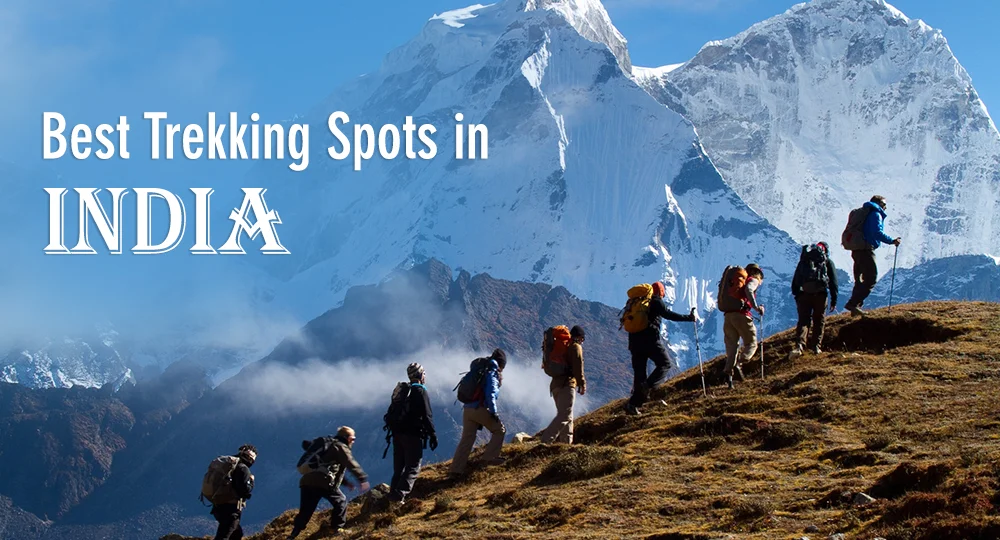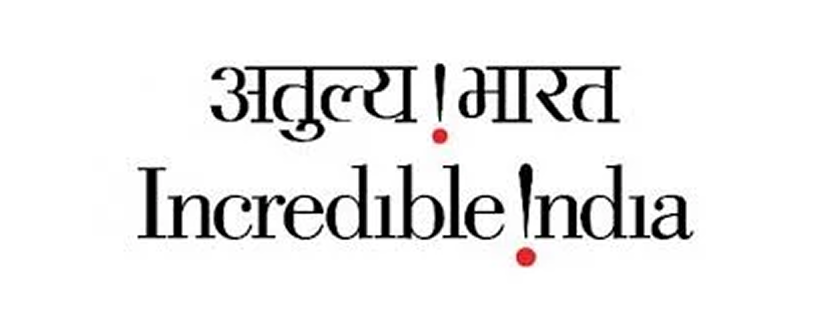India is a trekkers paradise, with varied levels of tracks for escape seekers. From the majestic Himalayas in the north to the dense Western Ghats in the south, India’s diverse topography offers some of the finest trekking experiences in the world. From high-altitude treks to easy nature walks, India has it all in terms of trekking. Read our 10 Best Trekking Spots in India 2025 I Best Treks in India :-
Some top trekking places in India that every hiking lover must trek.
Chadar Trek (Ladakh)
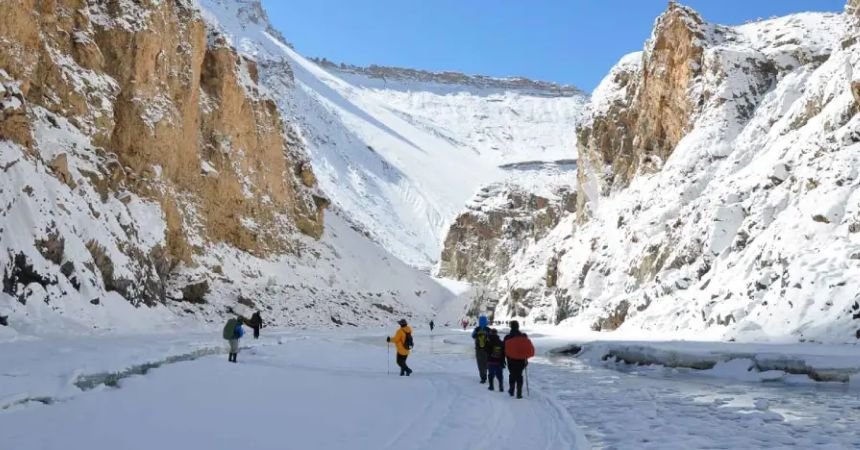
It is one of the unique and toughest treks of trekking in India. It’s set on the frozen Zanskar River in Ladakh, where trekkers trudge across sheets of ice as snowy mountain peaks flank them. The river is frozen in January and February, making it the ideal time to do this trek. It provides a unique opportunity to experience the unadulterated splendour of the Himalayas in harsh winter conditions.
Difficulty Level: Difficult
Best Time to Visit: is January – February
Highlights: Frozen River, stunning Landscapes, Caves & traditional Zanskari culture
Valley of Flowers (Uttarakhand)
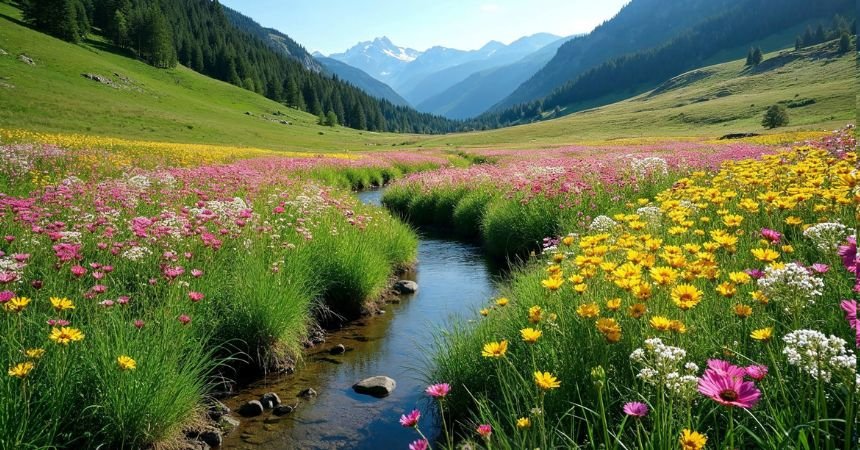
Valley of Flowers treks is if you love nature. It is part of a UNESCO World Heritage Site known for vibrant meadows of colorful alpine flowers, unique Himalayan flora, and picturesque landscapes. This trek is located in Uttarakhand, it is an easy and perfect trek for beginners. Check our Latest Reel :- https://www.instagram.com/reel/DBgakwqPoCZ/
Level of Difficulty: Easy to Moderate
The best time to visit: between July – September
Highlights: Flower-strewn meadows, snow-covered peaks and quiet vistas
Roopkund Trek (Uttarakhand)
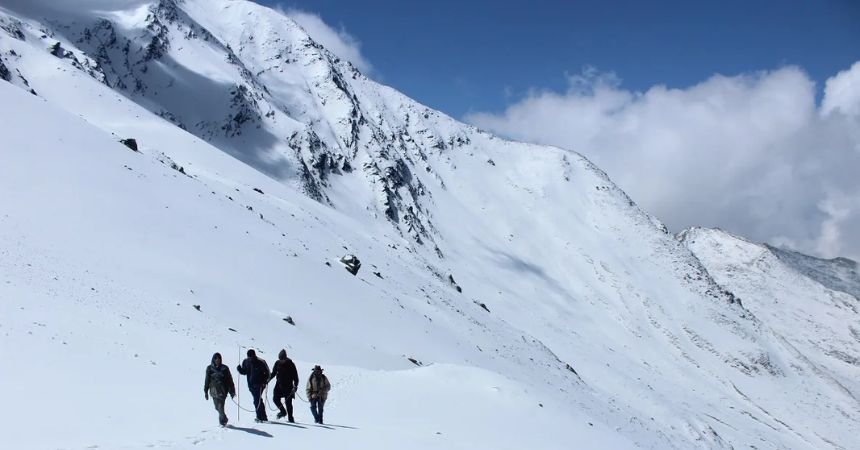
Roopkund Trek is also referred to as the ‘Mystery Lake Trek’. It is renowned for the visible hundreds of ancient human skeletons on the edge of the lake. The Trek takes you through dense forests, alpine meadows, and stunning views of glaciers. This is one of the most adventurous and fascinating treks in India.
Level of Difficulty: Moderate to challenging
The best time to visit: Between May – June or September – October
Highlights: Chemistry And Biochemistry Of DNA And Its Genetic Recombination.
Hampta Pass Trek (Himachal Pradesh)

One of the most beautiful crossover treks in the Himalayas, Hampta Pass connects the verdant Kullu Valley to the arid Lahaul. The trek includes a variety of forests, waterfalls, rivers, and glaciers. It is just right for trekkers who want to explore the diversifying landscapes of Himachal Pradesh.
Difficulty Level: Moderate
The best time to visit: is June – September
Highlights: Chandratal Lake and green and barren valleys
Kedarkantha Trek (Uttarakhand)

One of the most favorite winter trekking spots in India is Kedarkantha. Working its way through oak forests, alpine pastures, and Juniper trees, the trek also offers stunning views of snow-clad peaks and is famous for its picturesque campsites. It is one of the best choices for anyone wanting to do a snow trek in the Himalayas.
Difficulty Level: Easy to Moderate
The best time to visit: is December – to April
Highlights: Snow trails, 360-degree summit views, and stargazing
Goechala Trek (Sikkim)
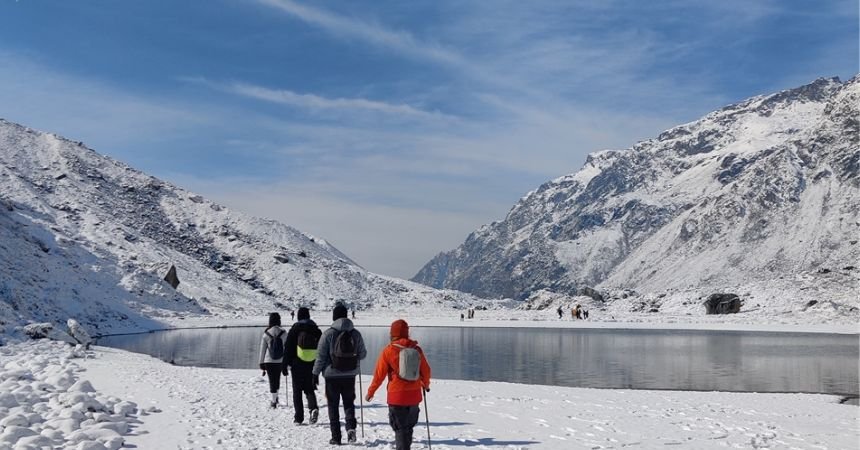
Mt. Kanchenjunga third highest mountain in the world, Goechala Trek provides you with an unforgettable close-up view of the same. It is a beautiful walk-through of lush forests, stunning lakes, and scenic vistas. It’s an arduous hike, but the reward is the soul-stirring sunrise over Kanchenjunga.
Difficulty Level: Difficult
The best time to visit: April – June and September – November
Highlights: Views of Kanchenjunga, Samiti Lake, and flourishing rhododendron forests
Tarsar Marsar Trek (Kashmir)
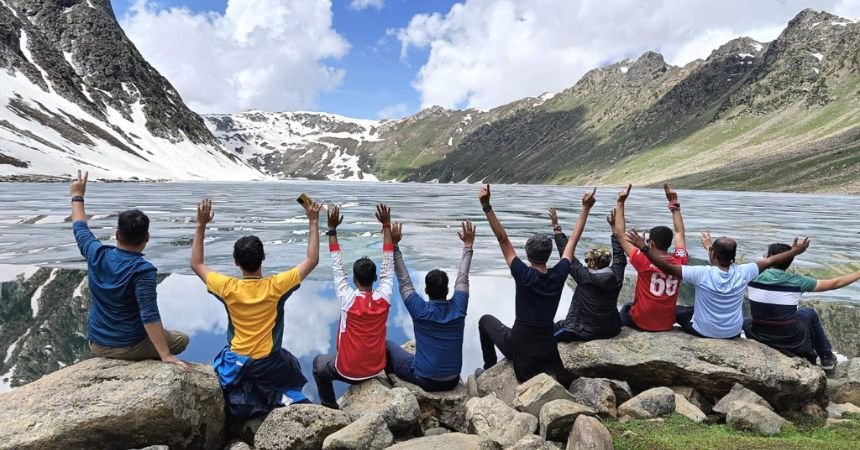
The Tarsar Marsar trek is one of the great Himalayan treks famous for meadows and alpine lakes about which you can read innumerable blogs. This is a less Campos trek that makes it ideal for those wanting seclusion with nature.
Difficulty Level: Moderate
The best time to visit: Between June and September
Highlights: Immaculate mountain lakes, verdant meadows, Kashmiri terrain
check our Kashmir Tour Packages :- https://flextates.com/destinations/india/kashmir-tour-package/
Rajmachi Trek (Maharashtra)
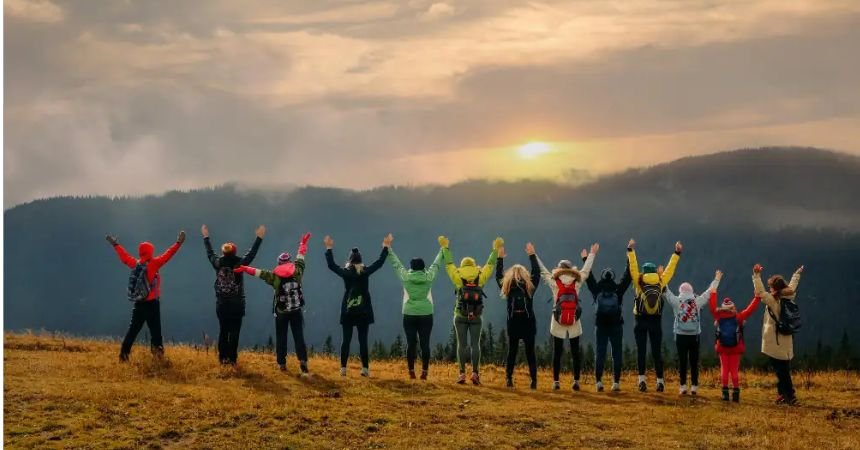
Sitting within Western Ghats, the Rajmachi trek is ideal beginners. It leads to two forts of historical significance and provides a panoramic view of the Sahyadri range. Monsoon is the best time to visit as the surroundings turn lush green with waterfalls and streams.
Difficulty Level: Easy
The best time to visit: is June – September
Highlights: Forts, waterfalls, green landscapes
Dzongri Trek (Sikkim)
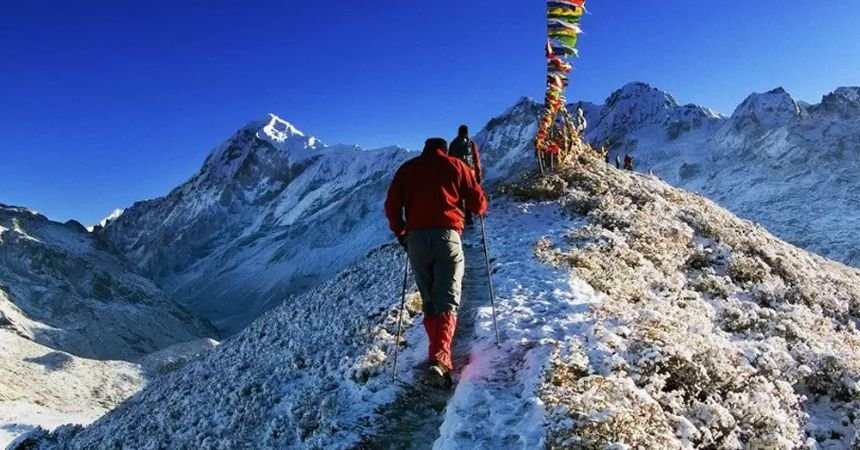
Lights on the land of giants and a few great Himalayan treks are amazing but Dzongri Trek is a shorter Himalayan trek. The trail passes forests, meadows, and mountain ridges and is accompanied by stunning views of the Kanchenjunga range.
Difficulty Level: Medium to Hard
The best time to visit: March – June or September – November
Highlights: Breathtaking mountain views, diverse flora plants, Yak herding settlements
Kumara Parvatha Trek (Karnataka)
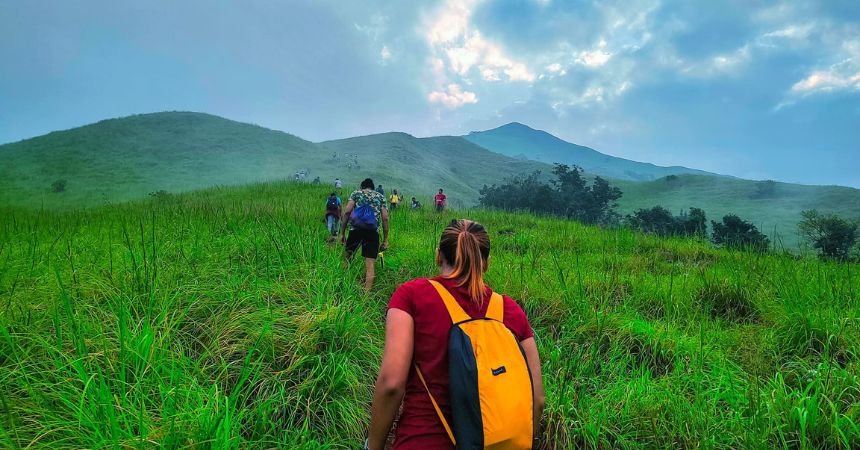
Kumara Parvatha is one of the toughest treks in South India located in the Western Ghats. The place is a favorite among adventure-buffs who wish to witness densely forested areas, sharp climbs, and incredible views.
Difficulty Level: Difficult
The best time to visit: is October – February
Highlights: Dense jungles, rugged trails and scenic lookouts
Conclusion
Trekking in India is a mixture of adventure, nature, and culture. So, whether you want a moderate-high altitude heart-racing hike or an easy nature walk, India has a trek for every kind of trekker. Make note of what is required from gear, permits, and fitness before heading off on a trek. So, prepare your bags and go learn about these beautiful trails.
Trekking is not just about reaching a destination; it’s about immersing yourself in the beauty of nature, pushing your limits, and creating unforgettable memories.
So, pack your bags, lace up your hiking boots, and embark on a journey to explore India’s most mesmerizing trekking trails!
FAQ (Frequently Asked Questions)
1. What is the best time of year to trek in India?
It depends on the region as some of the trekking regions are very hot and some are cold weather trekking, however, the best time for trekking in India is in the winter months.
February to June and September to November are the best times for trekking in the Himalayas, while winter treks like Kedar Kantha can be done between December and April. Western Ghats monsoon treks are a popular thing from June to September.
2. Do I need prior trekking experience for these treks?
Not all treks are experience-oriented. Chadar Trek and Goechala Trek include treks that require prior trekking experience and high physical fitness and Valley of Flowers and Rajmachi Trek are easier treks.
3. What should I pack for a trek in India?
Essentials for trekking include good trekking shoes, adequate clothing according to the weather for trekking locations, a backpack, sleeping bag, water bottles, energy snacks, a first-aid kit, trekking sticks/poles, and valid permits. On winter tours, extra layers, gloves, and thermal wear are advised.
4. Are permits required for trekking in India?
Yes, certain treks require permits, particularly national parks or border areas. For instance, treks like Goechala (Sikkim) and Valley of Flowers (Uttarakhand) need prior permission. It’s important to check with local authorities or trek organizers in advance.
5. Which trek is best for experiencing snowfall?
If it’s snow that you are after, the Kedar Kantha Trek (December-April) and Chadar Trek (January-February) are ideal to truly behold nature’s beauty in the winter wonderland. Hampta Pass and Roopkund Trek are two other striking snow-laden treks offering different experiences in their respective seasons.

